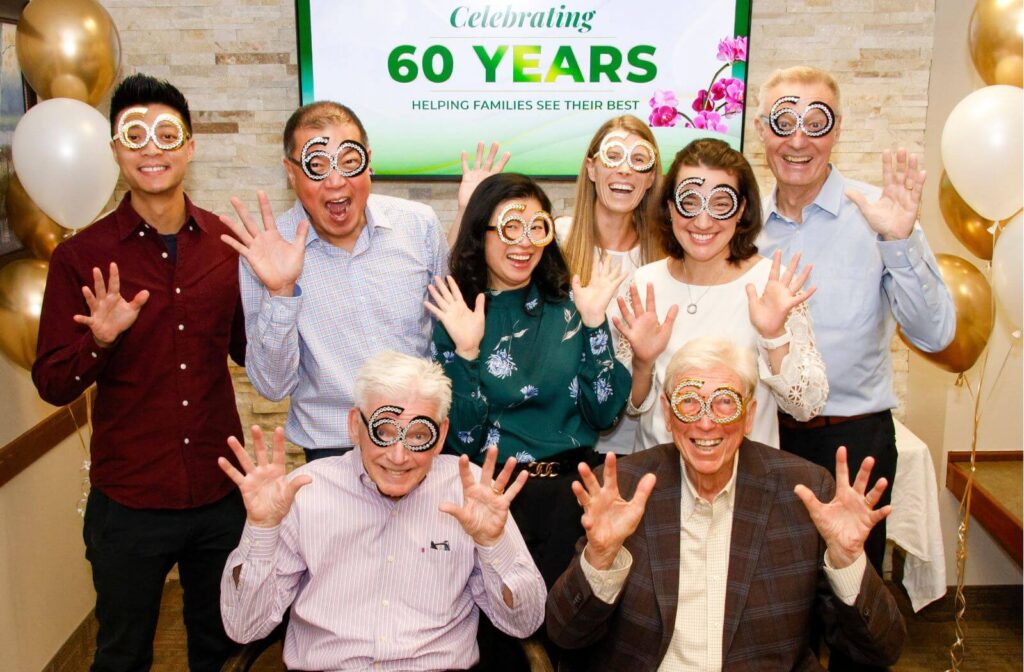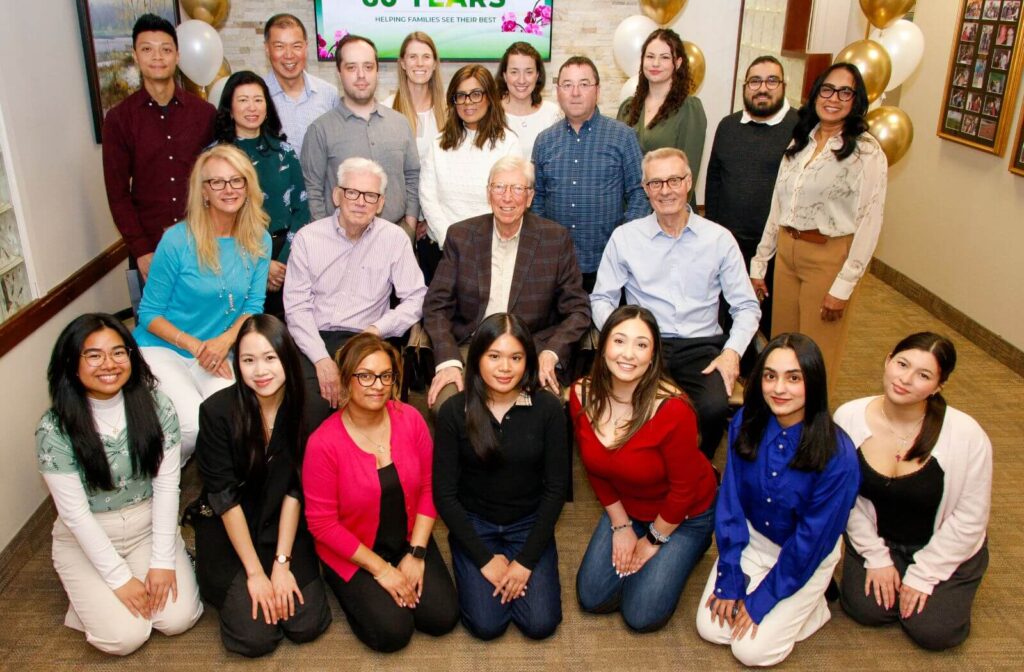Mississauga’s transformation from a patchwork of small communities into one of Canada’s largest cities mirrors the evolution of its healthcare services—including optometry. Long before high-rise condos and bustling shopping centres, optometrists were laying the groundwork for a healthier, more connected community. The story of optometry in Mississauga is not only one of medical innovation but also of deep community ties and compassionate care.
The Evolution of Optometric Care in Mississauga
1940s–1960s: Early Roots in Cooksville
Mississauga’s optometric story begins in the 1940s, when Cooksville was just beginning to grow. Dr. Robin H. Williams—an Ontario College of Optometry graduate—opened a small, one-room practice on Hurontario Street. He lived nearby on Kirwin Avenue and quickly became a respected figure in the community for his reliable, accessible care.
In 1963, the Ontario College of Optometry introduced a Doctor of Optometry program, ushering in a new generation of professionals. One of the first to graduate was Dr. Vince Zuccaro. By 1965, he had purchased Dr. Williams’ practice with the support of his father, and the newly renamed Williams and Zuccaro, Optometrists was born.
1967–1975: Expanding Access & Partnerships
Significant changes came in 1967 when optometric services were included in Ontario’s Health Insurance Plan (OHIP). This made vision care more accessible and helped solidify the role of optometrists in public healthcare.
That same year, the practice became Zuccaro and Williams, Optometrists. As the field progressed, so did the clinic. In 1971, Dr. Zuccaro’s university friend, Dr. Patrick Tracey, joined the team. They moved into a larger location near T.L. Kennedy Secondary School and embraced emerging technologies—most notably soft contact lenses.
- The team worked with innovators like Dr. Al Isen in the U.S., becoming some of the first optometrists in Canada to fit patients with soft lenses.
In 1973, Dr. Peter Martinello came on board. Just two years later, the practice was renamed Zuccaro, Tracey, Martinello, Optometrists, reflecting a new era of shared expertise and collaborative care.
1976–1980: A Growing Practice for a Growing City
By the mid-1970s, Mississauga had officially become a city. To keep pace with its expanding population, the practice relocated in 1976 to a larger office at 130 Dundas Street East—still in Cooksville, but now with more space to meet rising demand.
Shortly afterward, Dr. Zuccaro moved to California to pursue opportunities in pharmaceuticals and politics. In 1978, Dr. Martin Falke—a recent graduate recommended by Dr. Martinello—joined the team. The practice was renamed Tracey, Martinello & Falke, Optometrists.
This era also saw major developments in Mississauga’s civic life:
- Hazel McCallion was elected mayor in 1978, beginning a legendary tenure.
- The 1979 Mississauga Train Derailment forced the evacuation of over 200,000 residents, but the city—and its care providers—remained resilient.
Through it all, the clinic continued to serve as a reliable healthcare anchor for the community.
1980s: Innovation & Influence in Eye Care
During the 1980s, the practice embraced both innovation and leadership. Dr. Falke became a recognized figure in sports vision and contact lens care. He also served as a clinical supervisor at the University of Waterloo and was part of the Olympic Sports Vision Team at the 1994 Lillehammer Winter Games.
Meanwhile, Dr. Tracey took on major leadership roles in the College of Optometrists and the Ontario Association of Optometrists. His advocacy contributed to expanding the profession’s scope in Ontario.
At the same time, a broader shift was taking shape:
- In many U.S. states, optometrists began gaining the right to prescribe medications and manage eye diseases.
- This movement soon gained traction in Canada, laying the groundwork for today’s modern, full-scope optometric care.

Optometry’s Role in Canada: Then & Now
What Is the History of Optometry?
Optometry dates back to the early 20th century. In Canada, the discipline came into its own after WWII. As education programs improved and licensing became more formalized, optometrists became essential healthcare providers, not just vision testers. Today, they play a vital role in early detection of diseases like glaucoma, macular degeneration, and diabetic retinopathy.
What Is the Role of an Optometrist in Canada?
Canadian optometrists are primary eye care providers, trained to assess, diagnose, and treat vision problems. Their scope of practice includes eye exams, prescribing glasses and contact lenses, diagnosing eye conditions, and co-managing treatments with ophthalmologists. In many provinces, they can prescribe medications and manage chronic eye diseases.
What Is the Most Important Responsibility of an Optometrist?
The most critical responsibility of an optometrist is to protect and preserve vision health. That means not only correcting vision but also catching serious issues early—often before symptoms appear. Regular eye exams can uncover systemic health issues like diabetes, hypertension, and even brain tumours, making the optometrist’s role a crucial part of holistic care.
Looking Ahead
From single-room offices to pioneering soft contact lens fittings and shaping national policy, the story of optometry in Mississauga is one of vision—both literal and metaphorical. It’s a story of people who believed in building something bigger than themselves, something that would last through generations.
If you’re looking for trusted, experienced eye care in Mississauga, Queensway Optometric Center proudly continues this legacy. Our team is here to help protect your vision—and your family’s—for years to come. Book your appointment today and see the difference that decades of community-focused care can make.


